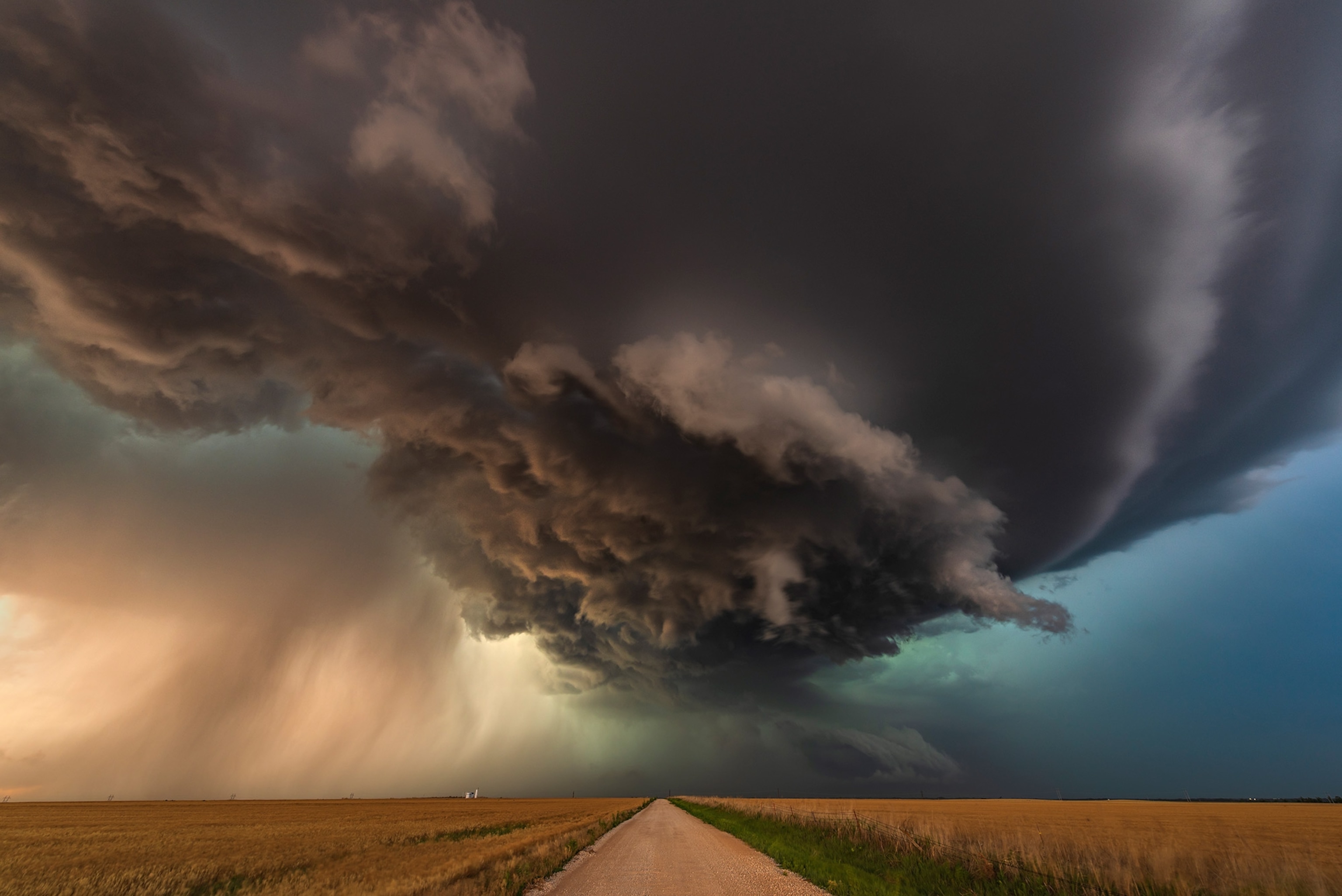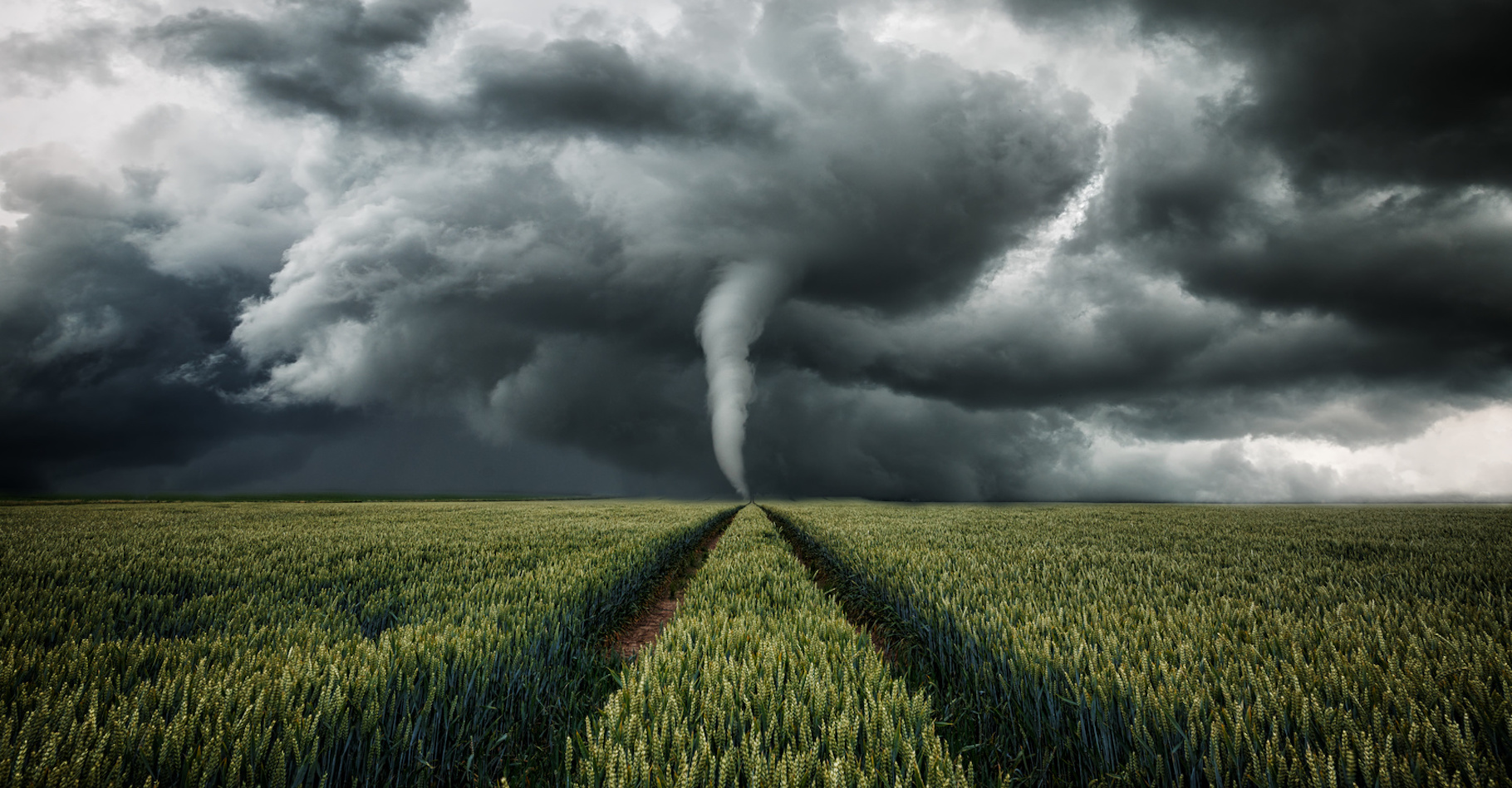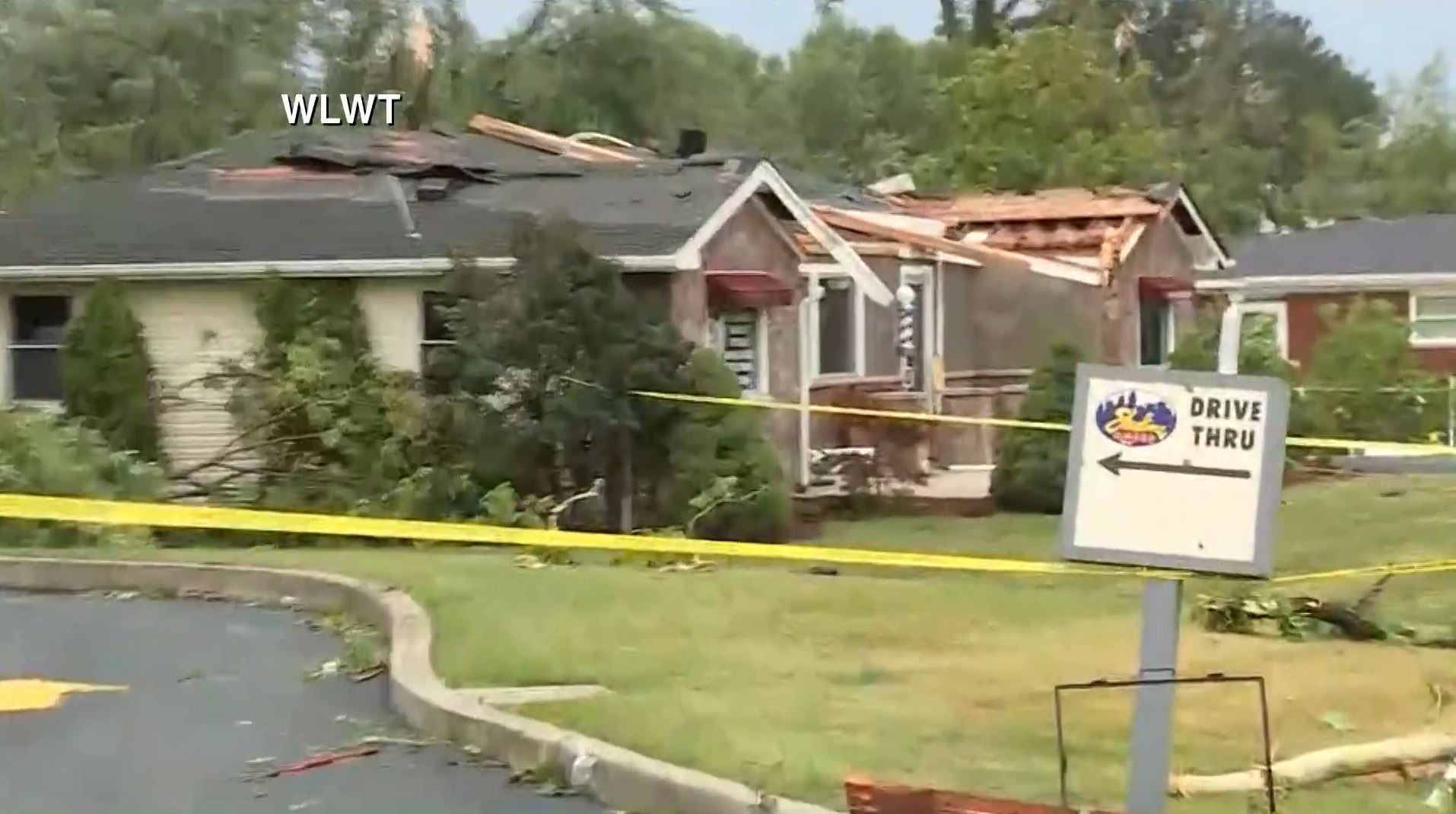Tornado Formation and Characteristics: Posibilidad De Tornado

Posibilidad de tornado – Tornadoes are violently rotating columns of air that extend from the base of a thunderstorm cloud to the ground. They are one of nature’s most destructive forces, capable of causing widespread damage and loss of life.
La posibilidad de un tornado puede ser una perspectiva aterradora, pero estar preparado puede marcar la diferencia. Con la ayuda de un rastreador de tormentas , puedes monitorear el clima en tiempo real, recibir alertas y mantenerte informado sobre la trayectoria potencial de los tornados.
Al tomar medidas preventivas, puedes aumentar tus posibilidades de permanecer seguro durante una tormenta.
Tornadoes form when warm, moist air from the Gulf of Mexico meets cold, dry air from the north. The warm air rises, creating an updraft. The updraft then rotates, forming a mesocyclone. If the mesocyclone becomes strong enough, it can produce a tornado.
Types of Tornadoes
There are many different types of tornadoes, but the most common are weak tornadoes, strong tornadoes, and violent tornadoes.
Ante la posibilidad de un tornado, es crucial utilizar todos los recursos disponibles para rastrear su trayectoria y prepararse. Los radares meteorológicos son herramientas invaluables que proporcionan información en tiempo real sobre la ubicación, el movimiento y la intensidad de los tornados.
Al monitorear de cerca estas señales, podemos tomar medidas preventivas y aumentar nuestras posibilidades de evitar daños.
- Weak tornadoes have winds speeds of up to 110 miles per hour (177 kilometers per hour) and can cause damage to trees, power lines, and buildings.
- Strong tornadoes have wind speeds of up to 158 miles per hour (254 kilometers per hour) and can cause severe damage to buildings and infrastructure.
- Violent tornadoes have wind speeds of over 158 miles per hour (254 kilometers per hour) and can cause catastrophic damage.
Historical Tornadoes
Some of the most destructive tornadoes in history include:
- The Tri-State Tornado of 1925, which killed 695 people and injured over 2,000.
- The Oklahoma City Tornado of 1995, which killed 168 people and injured over 800.
- The Moore Tornado of 2013, which killed 24 people and injured over 300.
Tornado Detection and Forecasting

The timely detection and forecasting of tornadoes are crucial for minimizing their impact on life and property. Meteorologists employ a combination of advanced technologies and human observations to monitor weather conditions and issue timely warnings.
Radar Detection
Radar technology plays a vital role in tornado detection. Doppler radar systems emit pulses of radio waves and analyze the reflected signals to determine the speed and direction of moving objects, including tornadoes. When radar detects a rotating column of air with high wind speeds, it can issue a tornado warning.
Weather Spotters
In addition to radar, weather spotters provide valuable real-time observations of tornadoes. These trained volunteers report sightings of funnel clouds, debris clouds, and other signs of tornado activity to the National Weather Service (NWS). Spotter reports help to confirm tornado sightings and provide additional information about the storm’s location and intensity.
Tornado Forecasting
Meteorologists use a variety of factors to forecast tornado potential, including atmospheric instability, wind shear, and moisture levels. By analyzing weather data and numerical weather prediction models, they can identify areas at risk for tornado development.
Tornado Warning Systems
When a tornado warning is issued, it is important to take immediate shelter. Tornado warning systems include:
- Tornado sirens: Outdoor sirens that emit a distinctive wailing sound to alert people of an imminent tornado threat.
- NOAA Weather Radio: A specialized radio service that broadcasts weather alerts and warnings directly to receivers.
- Mobile phone alerts: Many mobile phone carriers offer free alerts that provide tornado warnings based on the user’s location.
The effectiveness of tornado warning systems depends on factors such as the lead time before the tornado strikes, the accuracy of the warnings, and the public’s response to the warnings.
Tornado Safety and Preparedness

Preparing for a tornado can save lives. It’s essential to have an emergency plan in place and identify safe shelters before a tornado strikes.
Creating an Emergency Plan
- Establish a designated meeting place outside your home, such as a neighbor’s house or a community center.
- Create a communication plan to contact family members in case of separation.
- Identify multiple escape routes from your home, including windows and doors.
- Keep a battery-powered radio and flashlight handy for emergencies.
- Secure loose objects outside your home, such as patio furniture and grills.
Identifying Safe Shelters
The best shelter from a tornado is an underground storm cellar or basement. If these are not available, seek shelter in an interior room on the lowest floor of your home, such as a bathroom or closet.
Stay away from windows and exterior walls. Cover yourself with blankets or pillows for protection.
Community Awareness and Education, Posibilidad de tornado
Community awareness and education programs are crucial for tornado preparedness. These programs help residents understand the risks and dangers of tornadoes, as well as the importance of having an emergency plan in place.
Schools, community centers, and local governments can play a vital role in providing information and resources to the community. By working together, we can create safer and more resilient communities.